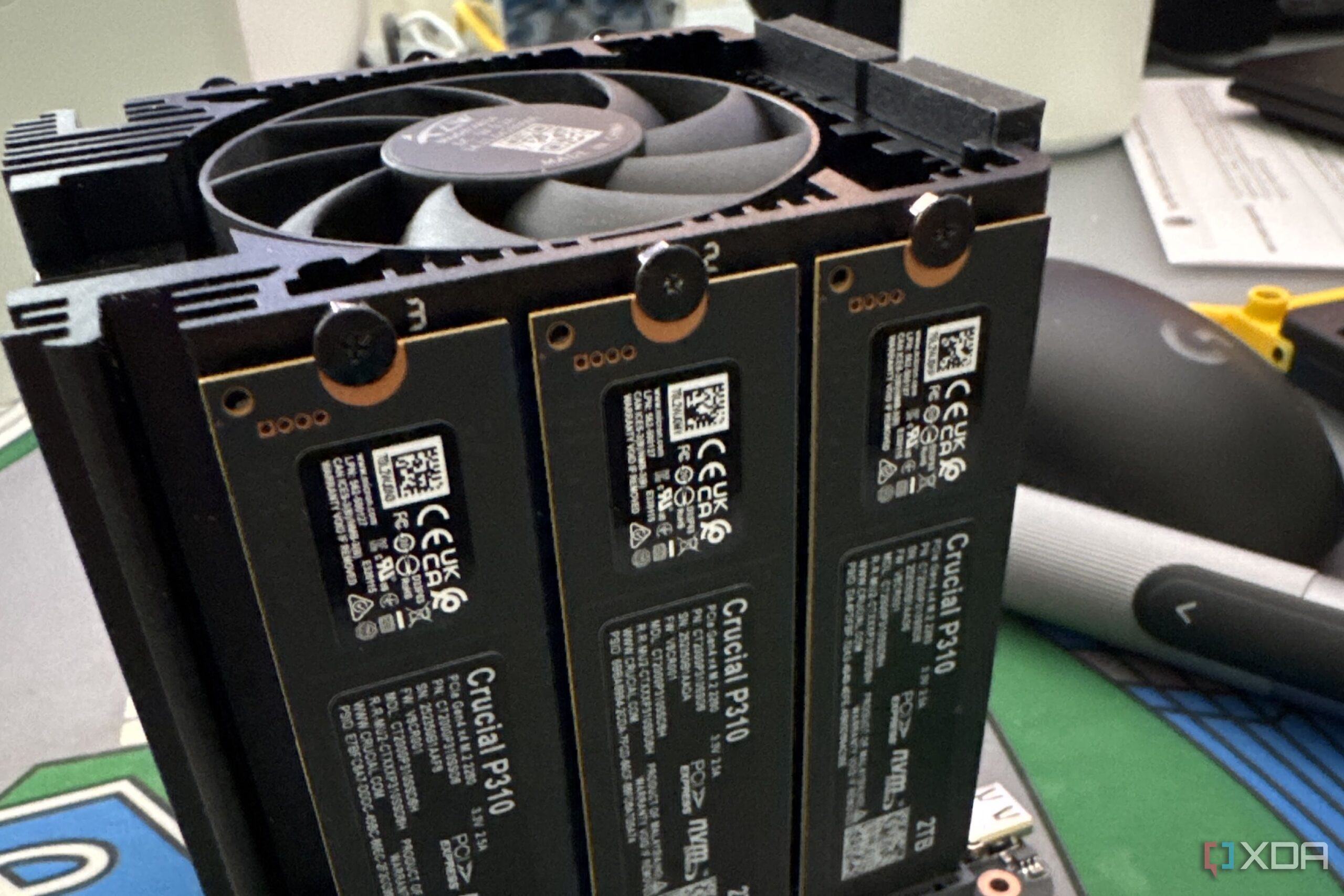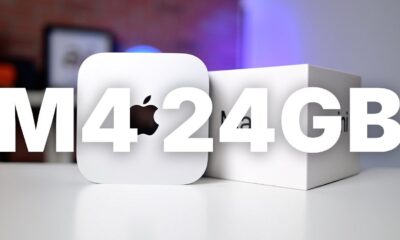Technology
Prioritize NVMe Endurance Over Speed for Home Lab Performance

When expanding a home lab, many users focus on speed when selecting NVMe SSDs, but endurance should be the priority for optimal performance. As technology advances, the emphasis on marketing faster drives can distract from the specifications that truly impact day-to-day operations. This article explores why endurance, rather than sheer speed, is crucial for home lab setups.
Understanding the Importance of Endurance
For those in the market for new hardware, the allure of high-speed NVMe SSDs can often overshadow critical specifications such as endurance ratings. The total bytes written (TBW) metric plays a significant role in determining a drive’s longevity. For instance, an NVMe SSD rated at 300TBW per 1TB of capacity translates to a total of 600TBW for a 2TB drive. This means users could theoretically write 300GB daily for over five years without reaching that limit. In reality, most home lab users will not reach such demanding write levels.
While faster drives may seem appealing, they do not guarantee improved performance in practical applications. For example, even with PCIe 3.0 speeds, factors such as CPU capacity, system memory, and network bandwidth often become the limiting components. In many cases, the hardware in use may be several generations behind the latest NVMe standards.
Network Limitations and Performance Factors
The performance of NVMe SSDs can also be hindered by network limitations. Tests conducted on a 2.5GbE network link demonstrated speeds over 2,400MB/s, which is often the bottleneck when transferring data. Consequently, unless users are operating on specialized networks exceeding 10GbE, NVMe speeds are not the primary concern affecting home lab performance.
In home lab environments, tasks such as running virtual machines and managing containerized workloads place significant demands on storage devices. Continuous write loads generated from these activities often surpass the capabilities of consumer-grade SSDs. Therefore, while speed is important, the endurance ratings of the drives and their ability to handle write-intensive operations take precedence.
For example, virtualization platforms including Proxmox and VMware require constant disk operations, logging, and snapshot management, which can exponentially increase the workload on NVMe drives. In scenarios involving container orchestration platforms like Kubernetes, built-in timeouts are determined by minimum I/O performance levels, further emphasizing the need for durability over speed.
Home lab users should also consider additional features when selecting NVMe drives. Higher endurance ratings provide a quality indicator, and enterprise-grade drives often include power loss protection (PLP) via onboard capacitors. This feature safeguards against minor data loss due to unexpected power interruptions, making it a wise consideration for home lab setups.
While seeking high input/output operations per second (IOPS) can enhance performance for small file access, the overall speed of NVMe drives remains secondary to their endurance rating. Ultimately, home lab users should prioritize capacity and endurance metrics such as TBW and drive writes per day (DWPD) when evaluating potential SSDs for their systems.
In conclusion, as hobbyists and professionals alike expand their home labs, understanding the importance of endurance over speed in NVMe SSDs can lead to more efficient and reliable setups. By focusing on the right specifications, users can better allocate their resources and ensure a smoother operational experience.
-

 Technology5 months ago
Technology5 months agoDiscover the Top 10 Calorie Counting Apps of 2025
-

 Health3 months ago
Health3 months agoBella Hadid Shares Health Update After Treatment for Lyme Disease
-

 Health3 months ago
Health3 months agoErin Bates Shares Recovery Update Following Sepsis Complications
-

 Technology4 months ago
Technology4 months agoDiscover How to Reverse Image Search Using ChatGPT Effortlessly
-

 Technology1 month ago
Technology1 month agoDiscover 2025’s Top GPUs for Exceptional 4K Gaming Performance
-

 Technology3 months ago
Technology3 months agoElectric Moto Influencer Surronster Arrested in Tijuana
-

 Technology5 months ago
Technology5 months agoMeta Initiates $60B AI Data Center Expansion, Starting in Ohio
-

 Technology5 months ago
Technology5 months agoRecovering a Suspended TikTok Account: A Step-by-Step Guide
-

 Health4 months ago
Health4 months agoTested: Rab Firewall Mountain Jacket Survives Harsh Conditions
-

 Lifestyle5 months ago
Lifestyle5 months agoBelton Family Reunites After Daughter Survives Hill Country Floods
-

 Health3 months ago
Health3 months agoAnalysts Project Stronger Growth for Apple’s iPhone 17 Lineup
-

 Technology4 months ago
Technology4 months agoHarmonic Launches AI Chatbot App to Transform Mathematical Reasoning





















